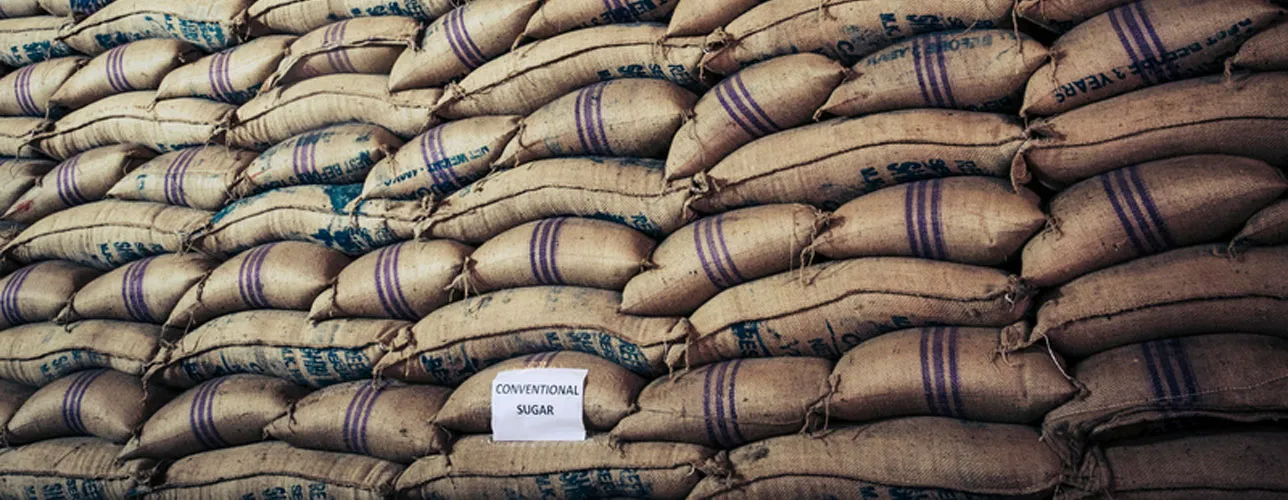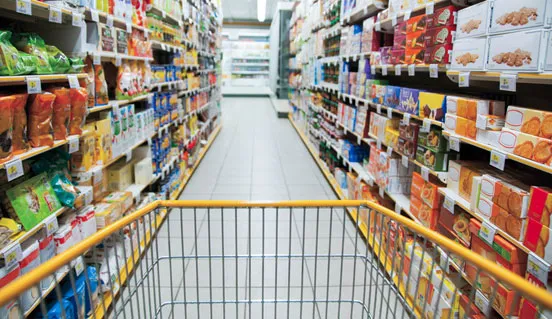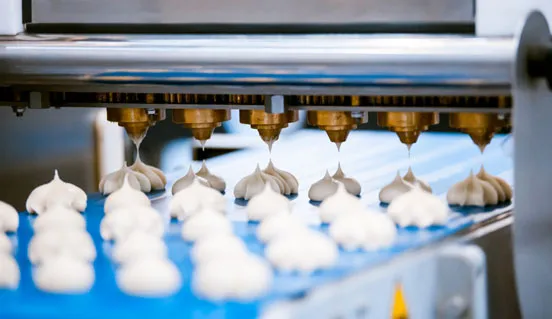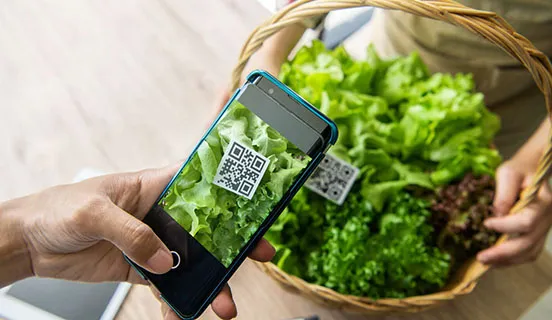Food production companies and producers are under pressure to manage the raw material and ingredient supply chain of any product in a sustainable way to ensure safe food as well as provide transparency on many other aspects of interest to consumers.
Food provenance refers to where the food comes from (origin), how it was produced, transported and delivered to consumers. The recent DNV GL Viewpoint survey What matters to consumers when buying food & beverage products? supports the notion that consumers are showing a rising interest. When making purchasing decisions, consumers look for and would welcome information on a product or origin of ingredients (63.7%) and the source of raw materials and ingredients in the product (65.2%).
However, such product information is not always available or accessible when in the store grocery shopping and having to make multiple decisions on what to buy quickly. If labeled or shared, the information may not be clear or complete. In such a scenario, consumers may turn to brands whom they already trust. Respondents in the ViewPoint survey indicate that they trust branded products most when it comes to food safety (85%) whereas only 68.6%% have the same trust in unbranded products. While the trust in brands is high across all geographies, it is even higher in places where trust in food is in general lower and individuals assume a greater responsibility to check for it.
While this may seem a bit daunting for all others than big brands, there is a definite opportunity for all food producers and manufacturers to reach out to consumers on topics that interests them the most and influence their purchasing behaviors.
The survey shows that consumers wanting greater transparency on the origin of products and raw materials, for example, are those who are willing to pay more if a product or manufacturer is certified to a quality or food safety standard. They are also more frequently engaging digitally with the product and have less confident in unbranded products.
The interesting thing is that brands and other food producers and manufacturers are making huge investments in product quality, safety and provenance of products. Over 150,000 certificates have been issued in 162 countries, and that is number only refers to GFSI recognized certification programmes. However, companies are struggling to convey their efforts to make products safer, healthier and more sustainable. The inability to communicate the story behind a product directly to consumers creates a trust gap.
To bridge this gap, traditional means of communicating corporate efforts are no longer enough. The ViewPoint survey showed that only 31.4% look to corporate websites, 27.3% to family and friends and 24.1% to Social Media. The primary source is the product itself says 48.8%. In one way, companies are very lucky because they control the main channel of communication, literally. However, ways must be found to convey the messages on the product, making information easier to access, understand and trust.
However, is it possible to communicate directly and instantly with consumers through a product? Is it possible to convey product features in a more empathic and understandable way?
Digital blockchain-based assurance solutions, such as DNV GL’s My Story™, let's companies share trusted traceable product data instantly with consumers. The My Story label placed on a product invites potential buyers to scan the QR-code for instant access to information on provenance or other sustainability aspects, i.e. social aspects, greenhouse gas emissions or similar. Companies can also easily share existing quality or food safety management system certification. DNV GL food and beverage experts apply their knowledge to ensure that data is collected and documented at the right “hot spots” of your supply chain. All data or evidence is recorded on the VeChain, public blockchain, ensuring immutability and integrity needed to build consumer trust.
Whereas the study showed that only 18.5% actively use QR-codes on products today, this number jumps to 32.3% (very probable) if promised information on origin and authenticity. Consumers are already engaged and looking for information. There definitely seems to be an upside for companies to use their products as a digital channel for meaningful communication to consumers.




